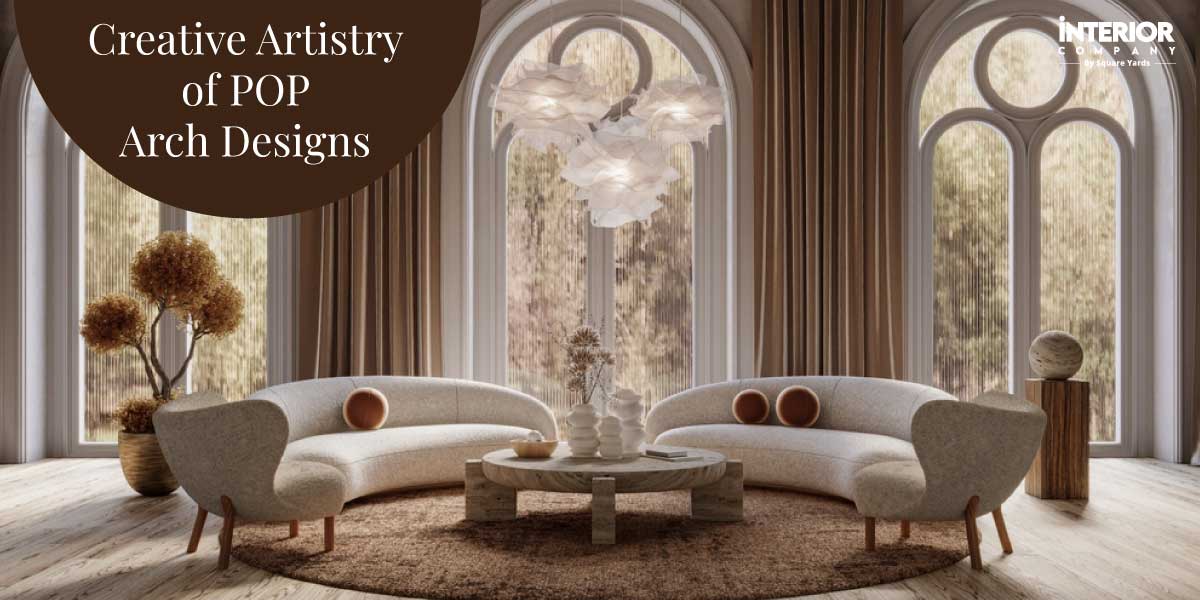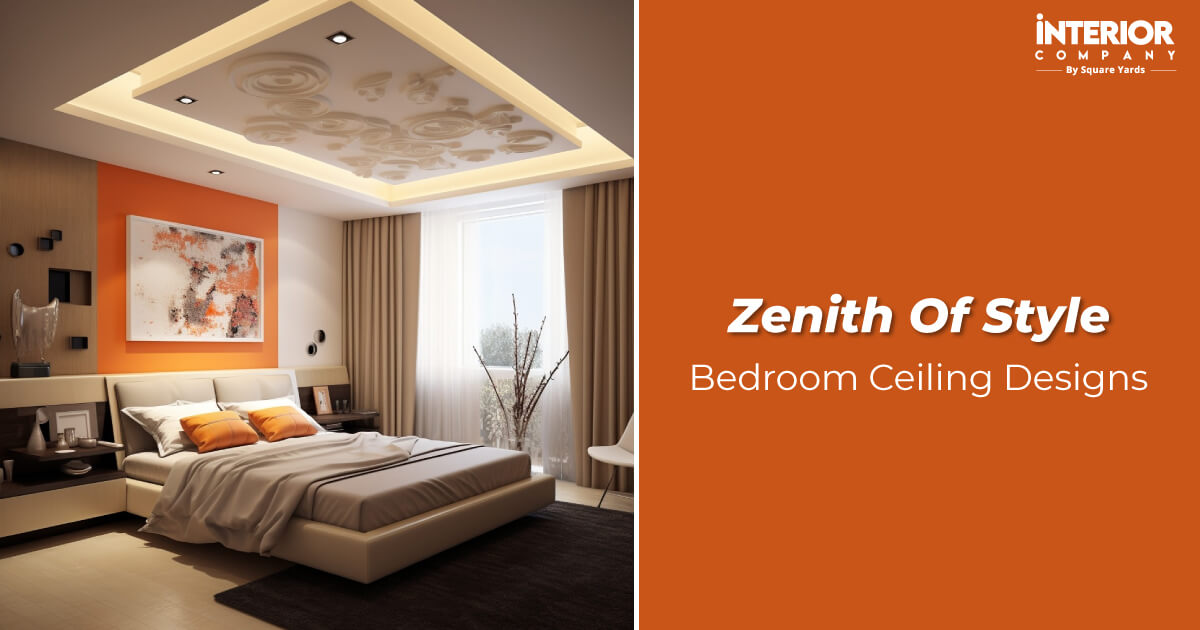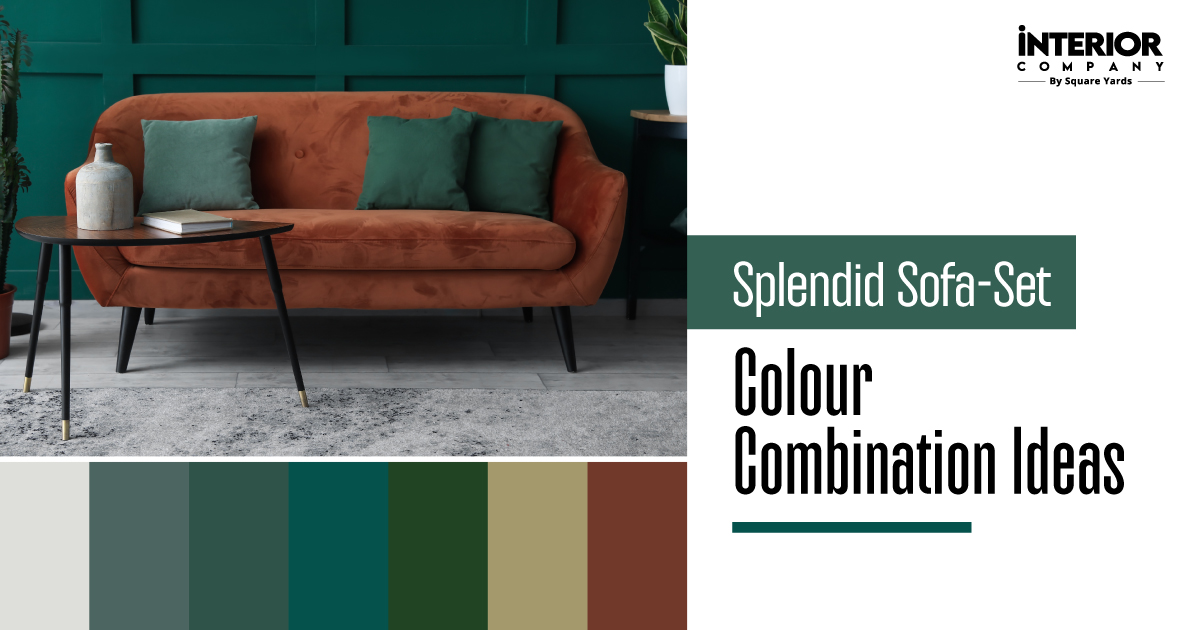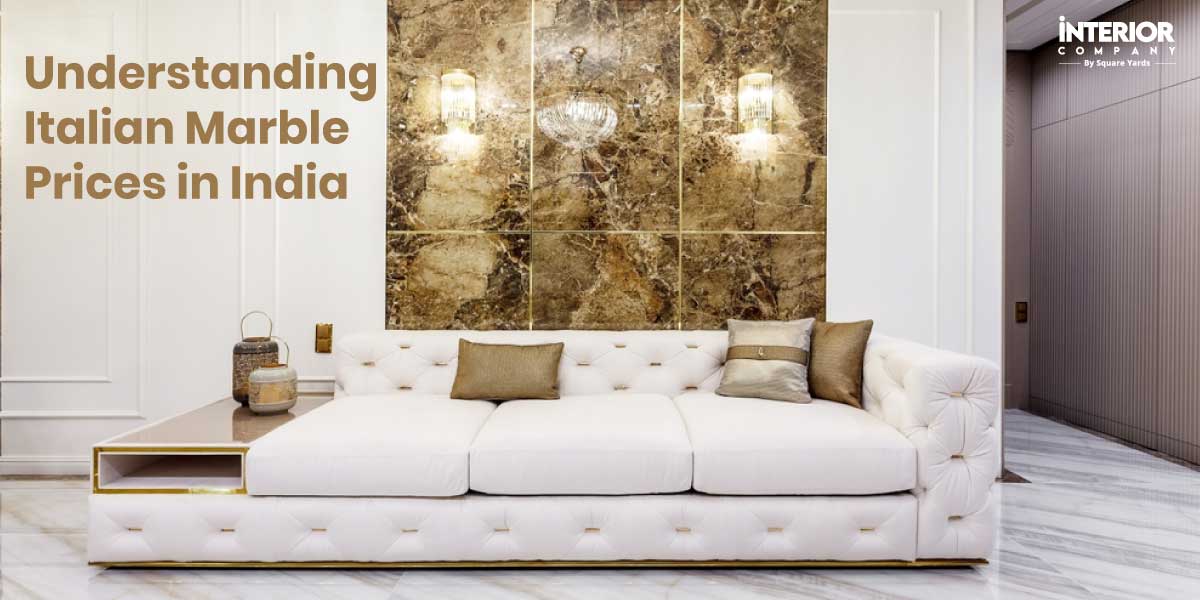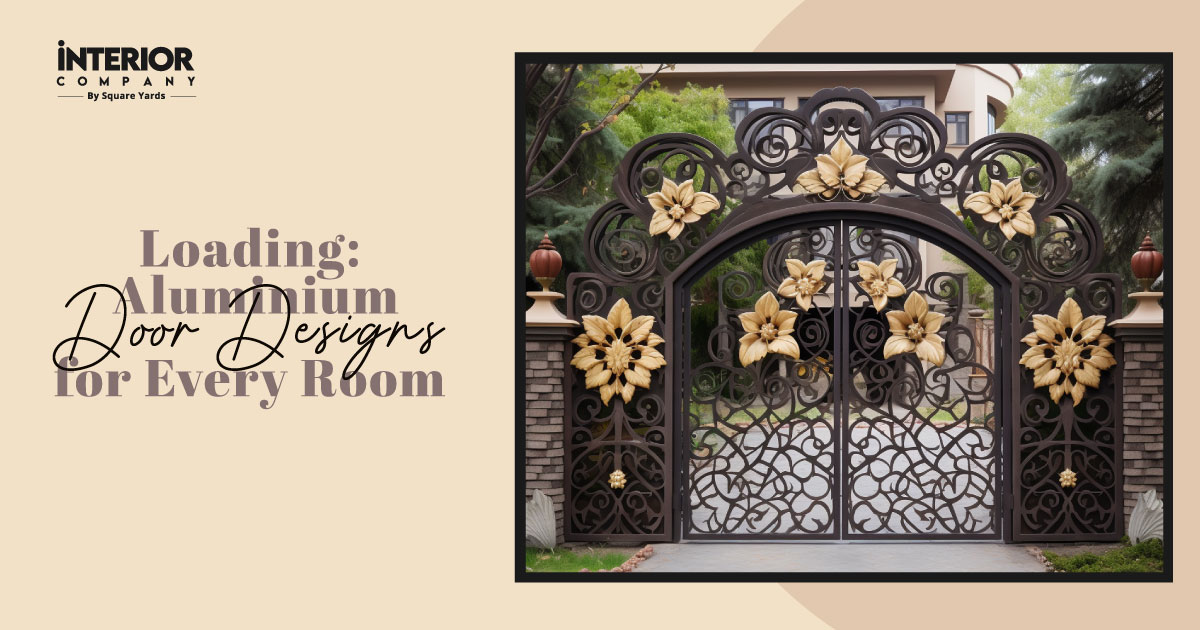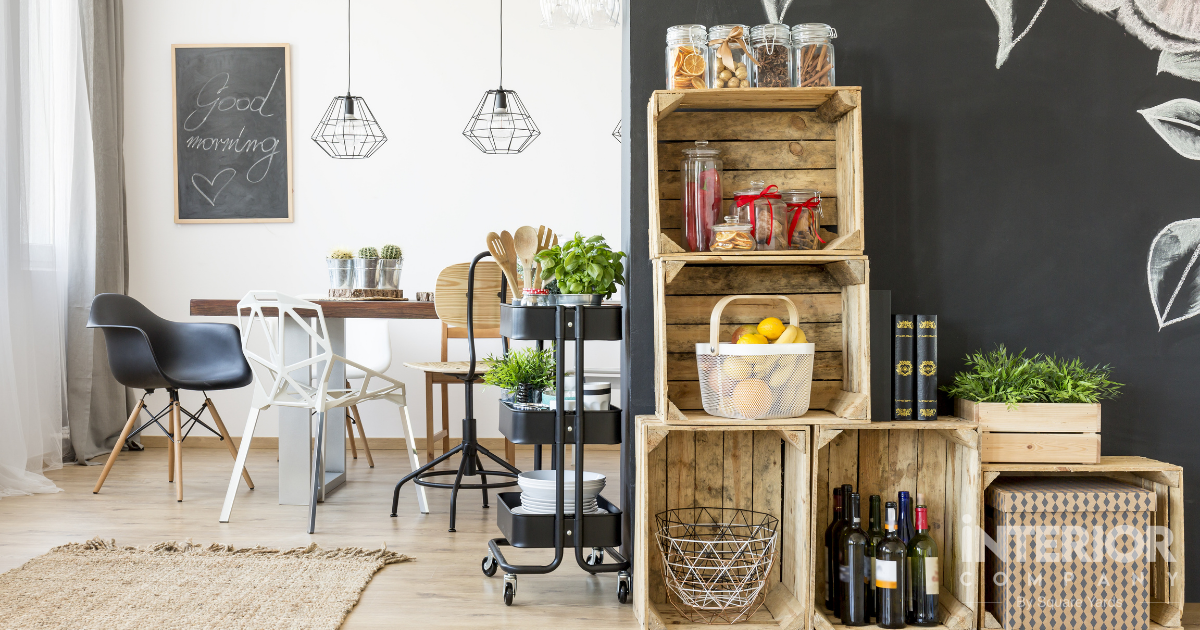- Home
- Trends
- Construction
- Materials
- Hdf Vs Mdf
HDF vs MDF - Know Everything About HDF and MDF Wood
You can choose minimalistic Scandinavian, ornate traditional or elegant contemporary style for your home interiors. Your interior decorator may use glass, cement, metal and other materials to create your desired ambience. But you need wood to complete the interior home design and add opulence and richness.
Table of Content
However, that could be expensive and raise the budget. Fibreboards have become the solution that offers affordable, wooden home interior design. The trendiest are Medium-Density Fiberboard (MDF) and High-Density Fiberboard (HDF). So which one is better? Continue reading to know.
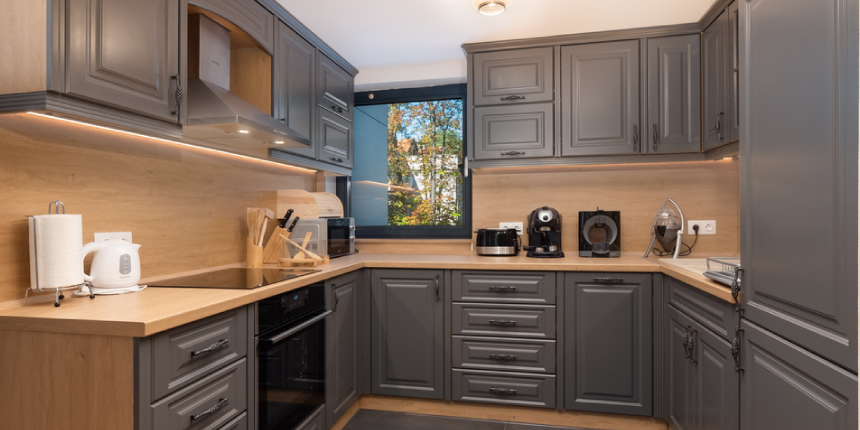
HDF- Full Form and Meaning
The need is for a bug-proof, inexpensive, woody home interior design that will not be hard on your wallet.
Pick HDF instead of natural wood because it fulfils all three conditions. HDF, meaning thin fibres of engineered wood of wood fibre, resin, and wax.
Also Read: Innovative Wooden Modular Kitchen Design Ideas
HDF’s full form is high-density fibre and is available in denser or compact versions. They vary in density, size, glue type, moisture content, wood species, and thickness. The price of HDF boards also varies depending on their thickness or density.

Meaning of MDF
Wood, being natural, has its knots and blemishes, which are problematic to hide. MDF is a versatile home interior material of minute wood pieces stuck together with resin under pressure.
The engineered wood is sturdy and can take much weight without bending, and it is thinner than HDF but equally durable and can withstand moisture. Although traditional carpenters consider it inferior, MDF has evolved over the years to become an extensively used home interior material.

HDF vs MDF ' What’s the Difference?
MDF and HDF boards are eco-friendly and inexpensive alternatives to wood for home interiors. Recycled wood stuck together with glue under high pressure makes these fibreboards. But when their composition is of the same material, why do they have two different names, and why does HDF cost more than MDF?

HDF vs MDF for False Ceiling Moulding and Skirting
The main difference between MDF and HDF sheets is the density. MDF is medium density, while HDF is high density. A person without an interior decorator’s knowledge may think that the better the density, the better the fibreboard. However, that is not true.
The high-density HDF material is thin and not adaptable for skirting or false ceiling moulding. So, if you see a well moulded false ceiling or cornice design and wonder if it is HDF laminated board, it isn’t because that’s where MDF works better.
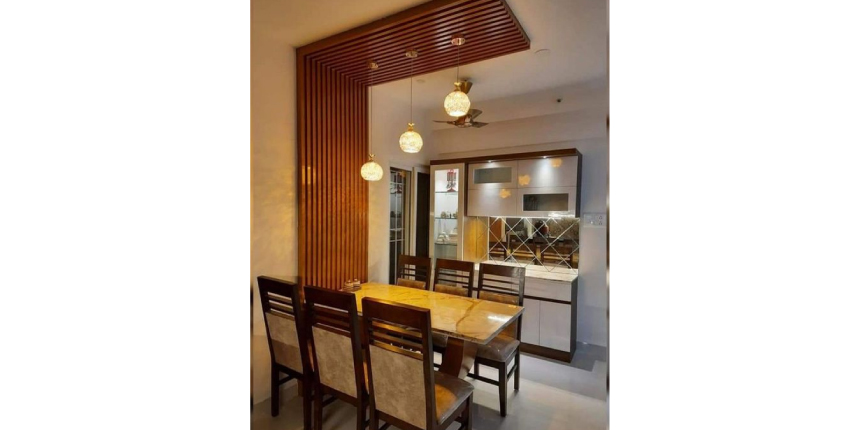
MDF vs HDF Plywood Specifications
Fibre boards like MDF and HDF is a uniform composite material composition, so their cross-section does not show any grains. The manufacturers use synthetic resins to press together wood fibres from waste chips or wood pulp to bond into a board by applying extreme pressure.
So, using traditional carpentry tools will chip, and thus interior decorators use fibreboard-specific tools. But being of higher density, HDF boards are more compact and powerful than MDF boards.

Water Resistance ' HDF vs MDF
What is HDF wood? Is it water resistant? Neither MDF nor HDF matter remains undamaged by water. However, HDF material is more challenging than MDF in a moisture-filled environment, and its high density makes it a more robust home interior decoration material than MDF.

Price ' HDF vs MDF
HDF boards are more pricey than MDF boards. Moreover, you just need to add a fine veneer layer on top of the MDF sheet for an expensive authentic wood appearance.
MDF offers a smooth finish, and you can paint it in colour to match your home decor. Although not as sturdy as HDF boards, MDF is durable and is not temperature sensitive and thus is excellent for creating decorative interiors and furniture.
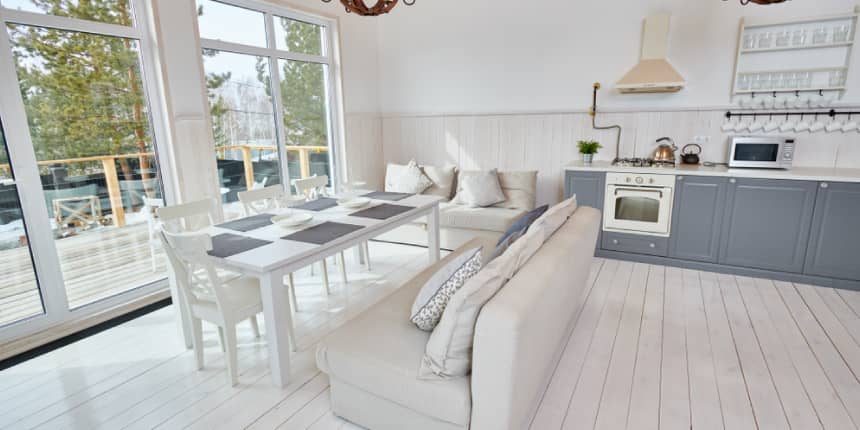
How to Use Fiberboards for Home Interior Design
Fibre boards are versatile and can be used to make partitions or screens. However, its uses are not limited to just that. Scroll down for more benefits of MDF and HDF laminated boards.
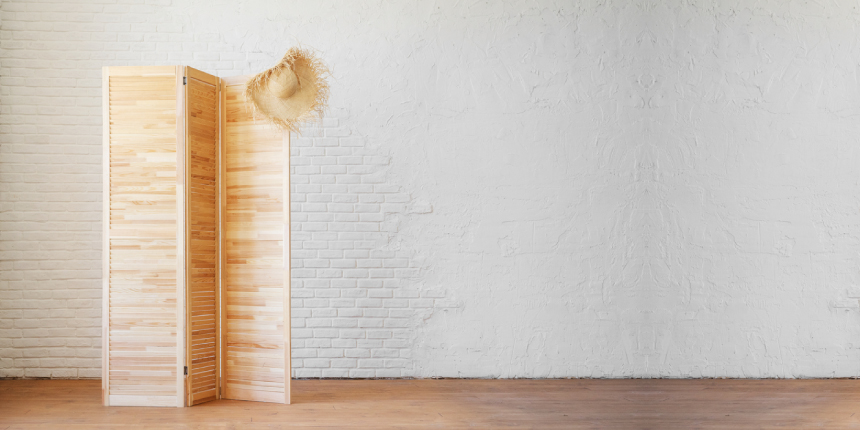
HDF Wooden Flooring
Water soaks and damages the wood, so wood on bathroom and kitchen floors, although stunning, is expensive and a waste. The alternative is HDF flooring. As it is denser than MDF, it expands and contracts proportionately less when exposed to water resulting in minimal damage and change.
The thick and hardcore HDF flooring prevents dents from wear and tear, making the home interior look new for years. You can also create high-use furniture, door skins and backing panels with HDF materials.
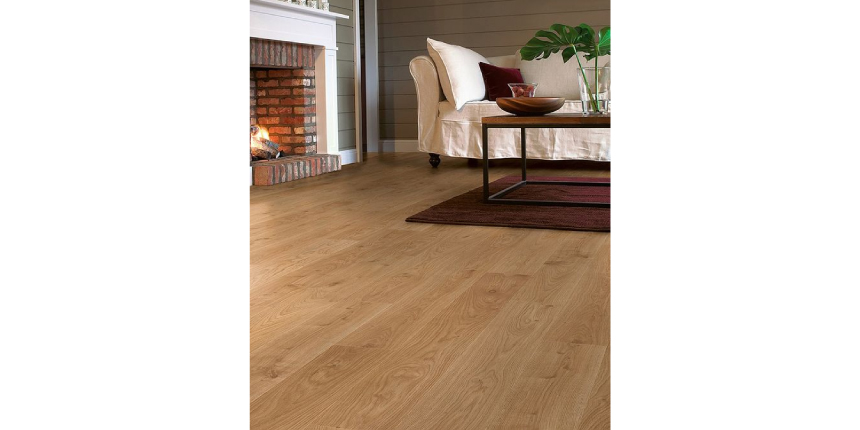
Stunning and Light Furniture with MDF Wood
MDF boards and sheets are cost-effective alternatives to plywood and solid wood. Its uses are many, and you can use MDF sheets to fabricate modern beds with adequate storage, walk-in wardrobes, tables, shelves, etc. Their smooth finish is easy to clean, and their lightweight makes them easy to install.

Why are Fibreboards Better than Real Wood?
The untrained eye can only see a little difference between natural wood and MDF or HDF wood and prefer natural wood to fibreboards. The reason is the grain of the wood is naturally beautiful and can enhance the home interior design, provided you know how to differentiate between the various wood types and choose the right one.
It offers resilience and is strong but is expensive, expands and contracts as per the season. It may be bug infested and require maintenance.

Is MDF Better than Real Wood?
MDF’s sturdy, temperature-resistant structured wood does not wrap. Home interior decorators prefer MDF because it does not crack or chip, can withstand up to 90 kg and is less expensive than natural wood.
It is available in various colours to match the home interiors. While enormous authentic wood is challenging to find for a design requiring giant wooden reapers or planks, MDF is available in sizes 1,5 to 3,6 meters.

How is HDF Board Better than Real Wood?
HDF Boards are available in a variety that is more resistant to humidity. It is thus a better material to use in a bathroom or kitchen where the moisture content and humidity are at their highest rather than natural wood.
HDF provides a smoother texture to painted cabinets. Shaker-style cabinet doors, flat-panelled doors, inset doors, raised doors and other such home interior designs need the customisation that HDF boards offer.
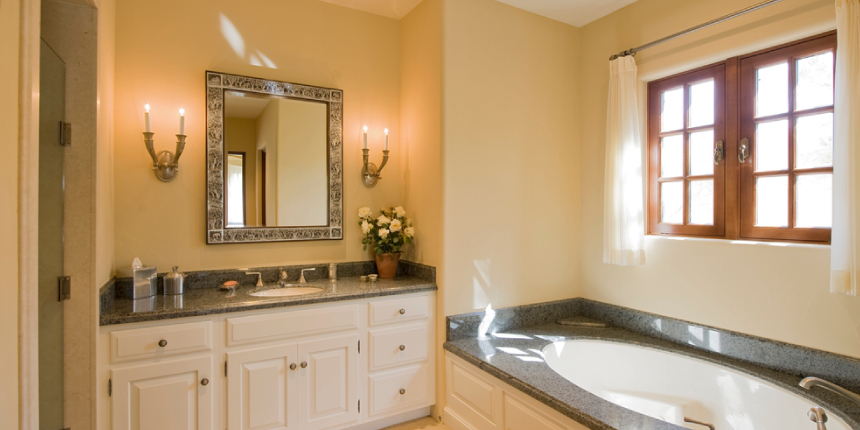
Conclusion
MDF and HDF boards are excellent for modern home interiors. However, before starting, it is always better to analyse the available materials to find the one that best suits your requirement. MDF and HDF laminated boards are similar in many ways, but one stark contrast may make them so distinct, which can make a big difference to your home’s interior design.
Now that you know what HDF is and how it differs from MDF decide on the suitable material for your home interiors. For the latest home interior decorating trends and designs, visit Interior Company.
***Images used are for illustration purposes only. Interior Company does not hold any copyright to the images unless mentioned explicitly.
Ready for a home transformation?
Let our designers assist you!
Recent Posts
Manufacturers use wood fibres and resins to make green alternatives for solid wood and plywood. These alternatives are HDF boards or sheets that are denser and more compact than MDF boards.
HDF is a versatile home interior material that is more resistant to water than MDF, durable, and a cheaper alternative to wood. HDF wooden flooring looks magnificent and is resilient.
HDF is a better and eco-friendly option for home interiors because it comprises waste wood, and you do not have to cut down a tree for it. Initially, HDF boards were less durable than wood, but with technological advancement, HDF boards last as long as wood.
The only difference between HDF and MDF is that the former is dense. The density of HDF is 900 kg/m3, but MDF’s is only 660 and 850 kgm/3.
Related Category
- Exterior Design
- False Ceilings
- Furniture
- Tips and Advice
- Walls and Texture









